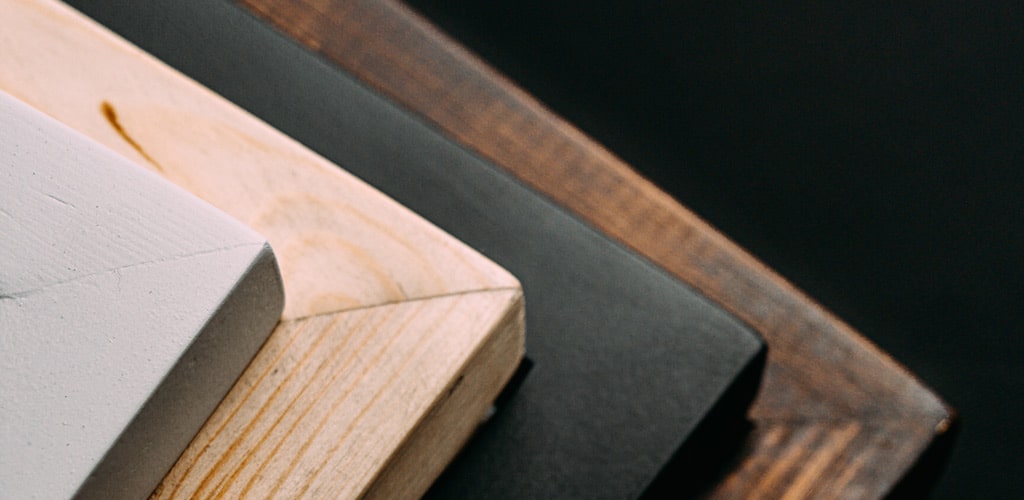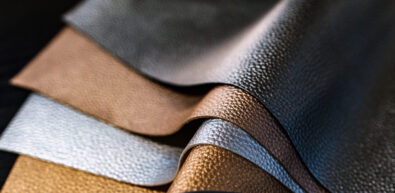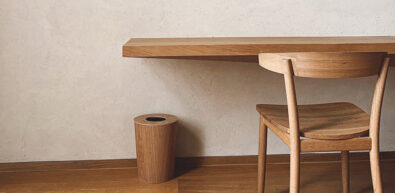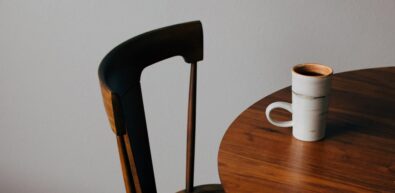Table of Contents
If you’re someone who has saved up for a while to buy new furniture and is considering tulip wood as an option, you might be wondering if it’s a good choice. Tulipwood is a type of hardwood that’s often used in furniture making due to its unique grain patterns and lightweight. However, you may be concerned about its durability and reliability as a material for furniture.
In this article, we will examine the characteristics of tulipwood and assess its suitability as a material for furniture, enabling you to make a well-informed decision when furnishing your home.
What is tulip wood?
Tulipwood, also known as yellow poplar or American tulipwood; is a hardwood species that grows in North America and Europe. It is a type of hardwood that is widely used in furniture making because of its unique properties. Tulipwood has a straight grain with occasional swirls, giving it an attractive appearance, and is also lightweight, making it easy to work with.
Tulipwood is moderately priced compared to other hardwoods such as walnut or oak, making it an affordable option for furniture makers and buyers. It is widely available in the United States and is often used in furniture manufacturing, cabinetry, and millwork.
In the furniture market, tulipwood is generally viewed as a reliable and versatile material that can be stained or painted to achieve various finishes. Its affordability and availability make it a popular choice among furniture makers and buyers alike. However, some may question its durability in comparison to other hardwoods, as it is not as hard as some of the more expensive options. Nevertheless, with proper care and maintenance, tulip wood can provide lasting beauty and functionality in a wide range of furniture pieces.
Benefits of using tulip wood for making furniture
Here are some awesome features of tulipwood that make it a great choice for making furniture:
1. Tulipwood gives you beautiful furniture
Tulipwood has a unique and attractive grain pattern that can vary from straight to wavy or even irregular. This feature gives it a distinctive look, making it an excellent choice for furniture that requires a natural, rustic appearance.
2. Tulipwood furniture is easy to move
Tulipwood is lighter than many other hardwoods, making it easier to work with and less cumbersome to move around. This is especially beneficial for larger pieces of furniture or those that require frequent repositioning.
3. Tulipwood is ideal for those tight on budget
Compared to other hardwoods, tulipwood is moderately priced, making it a more affordable option for furniture makers and buyers. This makes it possible for furniture makers to create high-quality pieces at a lower price point, and for buyers to purchase quality furniture without breaking the bank.
4. Tulipwood is quite easy to work with
Due to its lightweight and straight grain, tulipwood is easy to cut, shape, and sand. This makes it an excellent choice for intricate or detailed furniture pieces that require precision craftsmanship.
5. Tulipwood furniture is stain and paints friendly
Tulipwood can be easily stained or painted to achieve the desired finish. It is a versatile material that can be used in a wide range of furniture styles and designs, from traditional to modern.
6. Tulipwood is an eco-friendly choice for furniture
Tulipwood is a sustainable and renewable resource, making it an eco-friendly option for furniture production. It is harvested from managed forests and regenerates quickly, ensuring a steady supply for future generations.
Drawbacks of using tulip wood for making furniture
Here are a few drawbacks of using tulip wood for making furniture:
1. The softness of tulipwood
Tulipwood is a relatively soft hardwood compared to some other species, such as oak or maple. This makes it more prone to dents, scratches, and other damage, which can impact the durability and lifespan of furniture made from it.
2. Tulipwood is susceptible to moisture
Tulipwood has a natural tendency to absorb moisture, making it vulnerable to warping, cracking, and other damage. As a result, furniture made of tulip wood may not be an ideal choice for pieces that will be exposed to high levels of humidity or moisture, such as outdoor furniture or those placed in kitchens or bathrooms.
3. Color variation of tulipwood
Tulipwood has a natural color variation that can range from light yellow to greenish-gray or brown. This can make it difficult to achieve a consistent color or finish when using it in furniture-making, which can be a concern for some furniture makers and buyers.
4. Tulipwood is not widely available
While tulip wood is widely available in the United States, it may not be as easy to find in other regions or countries. This can make it more expensive and less accessible for some furniture makers and buyers.
5. Tulipwood can be challenging to finish
Tulipwood can be more challenging to finish than other hardwoods due to its softness and color variation. Achieving a desired finish may require more time, effort, and skill, which can increase the overall cost of furniture-making.
Tulipwood Vs Oak
Tulipwood and oak are both popular choices for furniture making, but they have some key differences. Oak is a harder and denser hardwood than tulipwood, making it more durable and resistant to wear and tear. Oak is also more expensive than tulip wood and has a distinct grain pattern that is highly sought after. Tulipwood, on the other hand, is lightweight and easier to work with, making it a popular choice for decorative pieces and accent furniture.
Tulipwood Vs Teak
Teak is a hardwood with a higher oil content, which makes it naturally resistant to water, rot, and pests. This makes it ideal for outdoor furniture and marine applications. Tulipwood, on the other hand, is lighter and less dense than teak, which makes it easier to work with but also less durable. Tulipwood is often used for indoor furniture and decorative pieces.
Tulipwood Vs Walnut
Walnut is a darker, denser hardwood with a distinctive grain pattern, while tulip wood is lighter in color and has a more subtle grain pattern. Walnut is also more expensive than tulip wood. However, walnut is harder and more durable than tulipwood, making them more suitable for high-use furniture pieces. Tulipwood is often used for accent furniture and decorative pieces.
Tulipwood Vs Cedar
Cedar is known for its natural resistance to insects and decay, making it an excellent choice for outdoor furniture. On the other hand, tulipwood is lighter and easier to work with, making it a popular choice for accent furniture and decorative pieces. Cedar has a distinct reddish color and aroma, while tulip wood is light in color and has a subtle grain pattern.
Tulipwood Vs Babool
Tulipwood and babool are two different types of woods used for furniture making. Tulipwood is a hardwood known for its lightweight, subtle grain pattern, and easy workability. It is frequently used for accent furniture and decorative pieces. Babool, on the other hand, is a tropical hardwood known for its durability and strength. It has a distinct reddish-brown color and a prominent grain pattern. Babool wood is often used for heavy-duty furniture pieces such as chairs, tables, and cabinets.
Tulipwood Vs Cherry
Cherry is a darker and denser hardwood with a prominent grain pattern and a rich, reddish color. Tulipwood, on the other hand, is lighter in color with a more subtle grain pattern. Cherry is more expensive than tulip wood and is often used for high-end furniture pieces.
Is tulip wood expensive?
Tulipwood is generally considered an affordable hardwood, especially when compared to other hardwoods such as walnut or cherry. The cost of tulip wood can vary depending on factors such as the grade and quality of the wood, the size of the piece being made, and the location where it is purchased. However, in general, tulipwood is not considered an expensive option for furniture making.
Is tulip wood rare?
Tulipwood is not a rare wood species and is found in abundance in North America, Europe, and parts of Asia. The trees that produce tulip wood can grow up to 150 feet tall, and they are widespread in the wild. As a result, tulipwood is readily available, and its availability is generally stable. Therefore, it is not considered a scarce material in the woodworking industry.
How can you tell tulip wood?
Tulipwood has a unique appearance that can be used to identify it. It has a light color with a yellowish or greenish cast, and its grain is generally straight and uniform. The wood has a medium texture and a fine, even grain that can sometimes have irregular patterns. It is relatively lightweight and easy to work with, making it a popular choice for furniture-making and other woodworking projects.
Is tulip wood good for kitchens?
Tulipwood is not the best choice for kitchen furniture due to its tendency to absorb moisture, which can cause warping and other damage. Kitchens are generally high-moisture areas, so it is recommended to choose a hardwood that is more moisture-resistant, such as maple or oak, for kitchen furniture. However, tulip wood can still be used for decorative accents or non-functional pieces in a kitchen.
What is the lifespan of Tulipwood?
The lifespan of tulip wood furniture depends on factors such as how well it is maintained and the environmental conditions it is exposed. With proper care, tulip wood furniture can last for many years. However, its lifespan may be shorter compared to more durable hardwoods like oak and teak.





